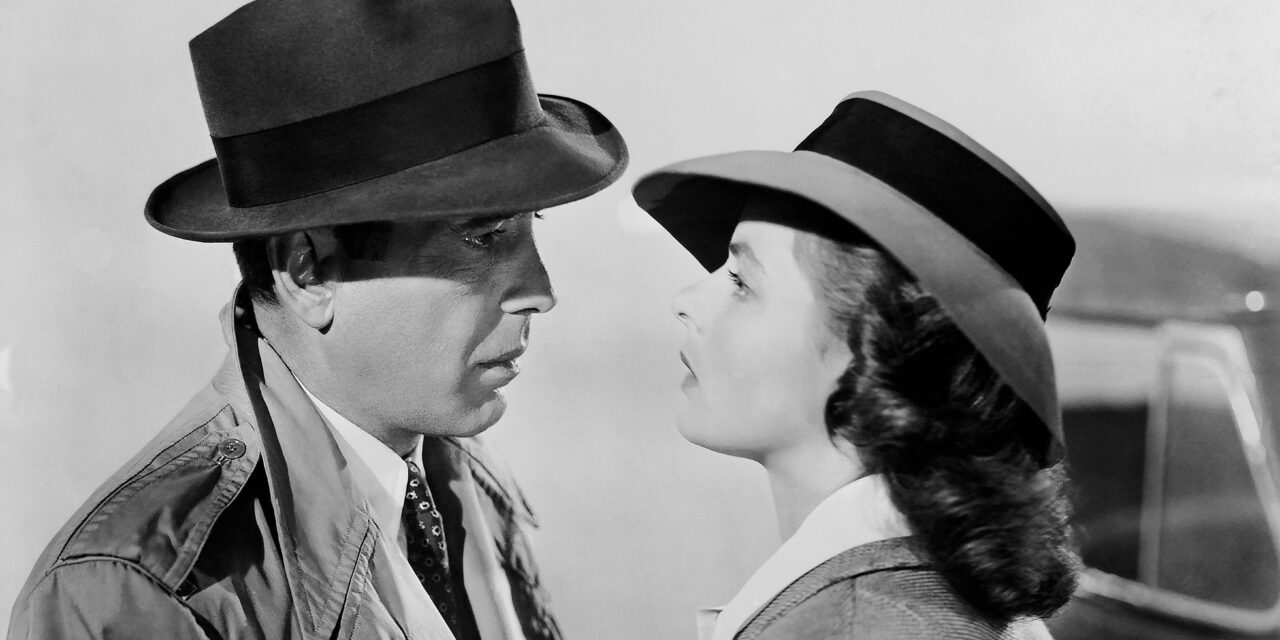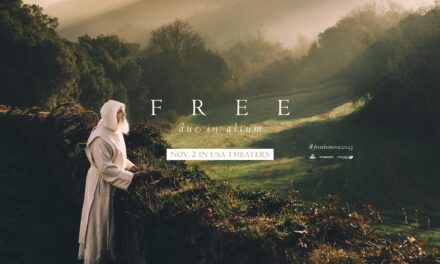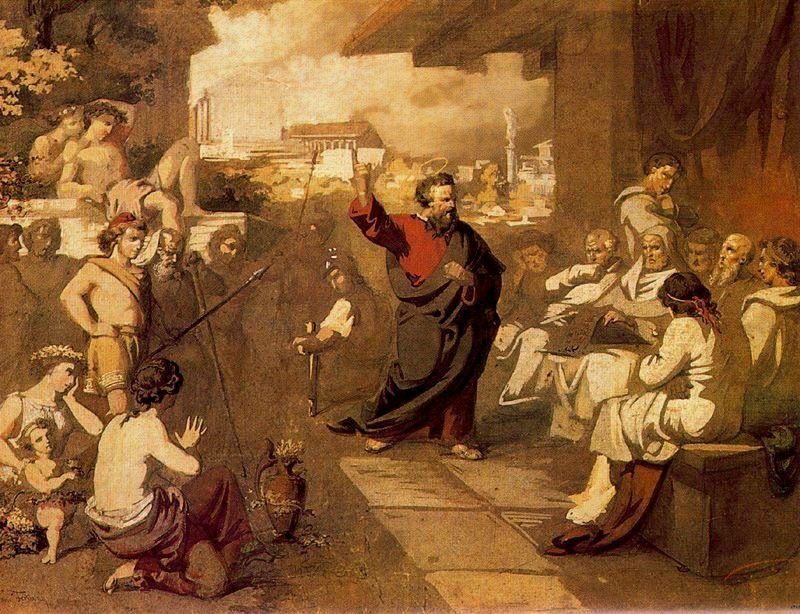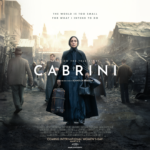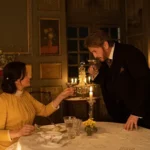We welcome the retelling of traditional stories because we are always seeking both to understand and endure the stories we inhabit and ultimately the narrative which is our entire life.Why else would both the main characters in Casablanca, played by Ingrid Bergman and Humphrey Bogart, ask for the same song to be played over and over? The subtext of “Play it again, Sam” is, “I am still trying to understand, to put the pieces of my life together.”
Why are we able to enjoy a movie that we have already seen, or tell a well-known story whose outcome we already know? My son, Cyprian, and I sat down over the weekend to watch the 2004 film, Miracle, starring Kurt Russell, about the 1978 victory of the US hockey team over the Soviets at the Lake Placid Olympics.
I had seen this movie at least two times. I knew the ending and several of the key plot points along the way, but I was completely absorbed watching all of it for 2 hours and 15 minutes. So was Cyprian, who knew the US was going to win because I had told him, and we both were disappointed when there were no “extras’ to watch on the DVD.
Much of the reason we were enthralled by the film was because it was extremely well-made, with Kurt Russell as the US coach, Herb Brooks, taking on the entire hockey establishment with his commitment to beat the Soviets, perhaps the greatest hockey team of all time. Not only was the story of the 1978 victory familiar to us but also the narrative trope of the underdog winning in spite of the odds, in spite of the resistance against him. In this case, it was Herb Brooks and his college hockey players overcoming the resistance of his own colleagues as well as the Soviet hockey team.
We knew everything that was going to happen in that film, but for two hours we were completely in the grasp of the storytelling, skillfully directed by Gavin O’Connor. It must be the case that our appreciation of art, whether a film, a novel, or a painting is not found in its presentation of the new, per se. All art, with the exception of kitsch, offers its audience something new in the way the familiar is represented on stage, on the movie screen, on a canvas, or in a book.
When the human form was contorted in cubes by Picasso in his 1907 painting, Les Demoiselles d’Avignon, his audience, no matter how shocked or delighted by the new cubist style, still recognized the human figures, the Young Woman, i.e., prostitutes of Avignon. Indeed, it would have been a superficial critic who applauded Picasso for the stylistic invention if it had not succeeded in revealing something interesting about the young woman it depicts.
In other words, we know in general what a young prostitute might look like, that’s not new. But Picasso succeeded by his new style in depicting the harsh realities of a prostitute’s life. One might say an artist employs the new, his creativity, to re-imagine or re-present what we are already familiar with, and in doing so offers us insight, or greater clarity, into the subject of the work. (Obviously this description would be amended in the case of totally abstract works.)
Once we have it that art reproduces the human, nature, and the spiritual we can appreciate how Aristotle in his Poetics captured the aesthetic experience with his description of Greek tragedy involving the “catharsis of pity and fear.” What we can tease out of this highly compressed statement is important for two reasons: first, the viewer undergoes an experience called a catharsis, and, second, that catharsis has something to do with “pity and fear.” Thus, even without defining precisely what Aristotle meant, we know that for him tragedy was about the human experience, about what we all face along the way, from the impact of misfortune to the consequences of our own mistakes, especially the mistake of pride.
Allow me to use Aristotle’s discussion of tragedy to apply to the arts in general, especially those that employ narratives such as film, novels, and paintings. What Aristotle meant by the “catharsis of pity and fear” is precisely what answers my original question: how we can enjoy a story we’ve already been told. First of all, the human stories we meet in art are very finite.
I once came across an writer who had created a list of all possible human narratives, and it wasn’t very long. Secondly, these narratives are familiar, along with the emotions and worries that accompany them. Aristotle’s “pity and fear” represent the common thoughts and emotions we all have when, for example, a son rebels against his father, or young lovers disobey their parents, and so on.
We can enjoy, even be riveted, by the retelling of these human stories because their artistic representation, if skillfully made, provides us greater clarity, i.e., catharsis, about the dynamics of that story, our story, thus allaying our predictable emotions and worries about being faced with that situation ourselves.
Catharsis is not an emotional purgation, it is an experience of clarity, of insight, that in making sense of the human condition allows us at least a moment of relief from the anxieties that we bear from day to day. In fact, we welcome the retelling of traditional stories because we are always seeking both to understand and endure the stories we inhabit and ultimately the narrative which is our entire life.
Why else would both the main characters in Casablanca, played by Ingrid Bergman and Humphrey Bogart, ask for the same song to be played over and over? The subtext of “Play it again, Sam” is, “I am still trying to understand, to put the pieces of my life together.”
© Deal W. Hudson

